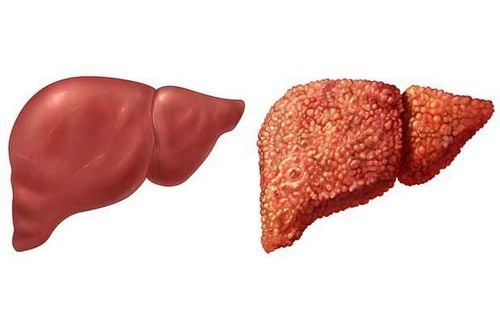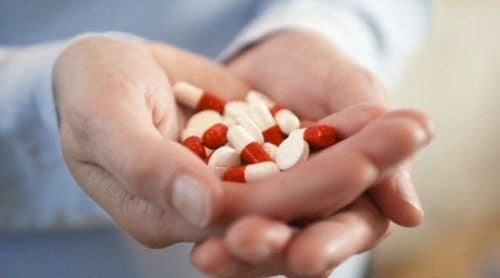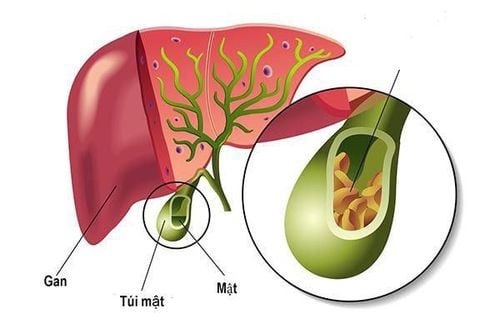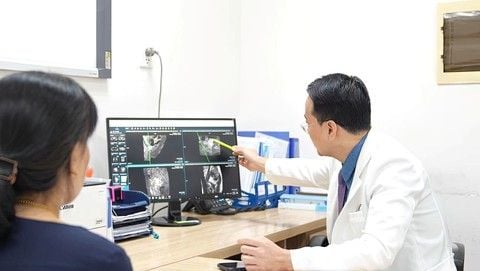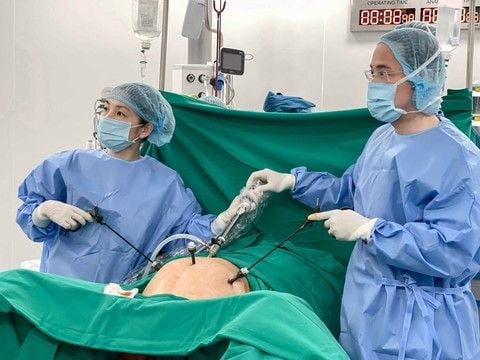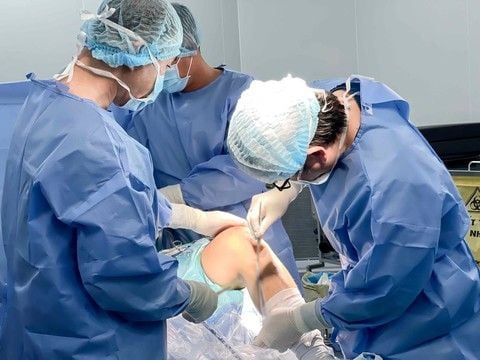The article was professionally consulted by Phan Thi Minh Huong MSc, specialist level II- Gastroenterologist, Vinmec Danang International General Hospital.
A well-designed and reasonable diet for people with fatty liver disease, combined with knowledge of what to avoid with fatty liver, will help improve and alleviate the symptoms of fatty liver disease. It also supports effective treatment and prevents serious complications that fatty liver disease can cause.
1. What is fatty liver disease?
Fatty liver disease occurs when the amount of fat accumulated in the liver exceeds 5% of its weight. It is a common condition in modern society, often affecting individuals who are sedentary, overweight, or obese, those with diabetes, and people with high cholesterol and triglyceride levels in the blood.
The disease can progress to serious conditions like cirrhosis or even liver cancer if not treated in time. Approximately 20-30% of the Vietnamese population is reported to have fatty liver disease. The main causes of fatty liver include:
• Excessive alcohol consumption impairs liver function.
• Obesity or malnutrition, and increased blood fats.
• Viral hepatitis infections.
• Unhealthy eating and lifestyle habits.
2. Principles of menu development for people with fatty liver disease
To improve the condition and prevent the risk of developing complications from fatty liver disease, patients need to follow nutritional principles, and clearly understand what fatty liver patients should avoid and what they should eat. Some things to note about nutritional principles for people with fatty liver disease:
• Limit fast starches and sugars: The menu for people with fatty liver disease should limit fast-absorbing starches and foods rich in sugar such as white rice and white wheat bread. Starch and sugar accelerate the conversion of carbohydrates into glucose, then glucose will be converted into glycogen. If the glucose content is too high, the liver will be overloaded and have difficulty breaking down all the glycogen, thereby increasing the risk of hepatitis due to excess fat accumulation.
• Supplement with good fats: Instead of consuming bad fats (trans fats and saturated fats), patients should prioritize good fats such as unsaturated fats, especially omega-3 fatty acids. Foods such as fatty fish, olive oil, whole grains, and nuts are good choices for the liver.
• Prioritize foods with a low glycemic index: Choose foods with a low glycemic index such as green vegetables, nuts, beans, and low-sugar fruits to control blood sugar levels after meals, helping to prevent fat accumulation in the liver.
• Limit salty and canned foods: Canned foods and overly salty dishes often contain a lot of preservatives, flavoring agents, and salt. Consuming a lot of these foods can increase pressure on the liver and cause the disease to progress rapidly. Patients should cook at home to control the amount of spices, especially salt (less than 5g/day).
• Control food portions and calories: Strictly manage food portions and calories consumed per meal to control weight and avoid obesity. This not only helps control fatty liver disease but also prevents acid reflux, heartburn, and bloating.
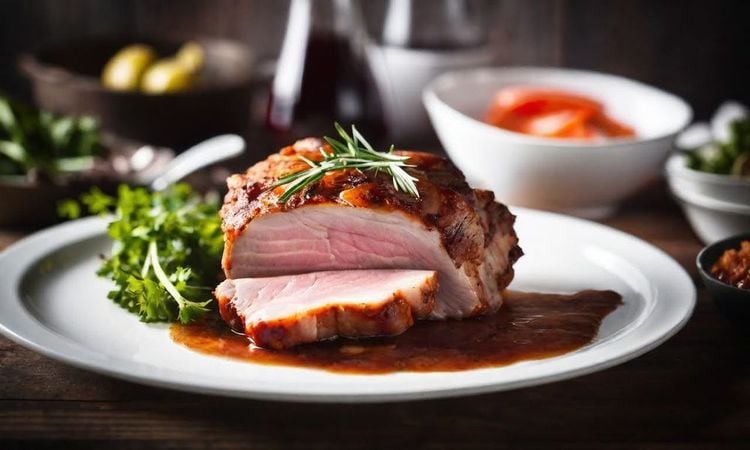
3. What should people with fatty liver disease eat?
Choosing the right foods, knowing what to avoid and what to eat, and creating an appropriate diet for people with fatty liver disease will help patients control the fat in their liver and prevent serious complications.
Foods to prioritize in the diet include:
• Green vegetables and fresh fruits: Patients should increase their intake of green vegetables and fresh fruits to provide fiber, stimulate bowel movements, and prevent constipation. The vitamins A and E in fruits and vegetables help prevent excess fat accumulation in the liver. Some good vegetables and fruits include oranges, grapefruits, mustard greens, pennywort, broccoli, and celery.
• Liver-friendly drinks: Patients can choose drinks that support liver health, such as artichoke tea, tea made from tea buds, and lotus leaf tea, which help reduce fat in the liver, regulate the body, and prevent fat accumulation in the liver.
• Protein and dairy: Sources of protein from poultry, eggs, soybeans, fish, and seafood are ideal for maintaining a healthy weight. When preparing these foods, it’s important to remove visible fats, such as chicken skin, and cook by grilling, steaming, or stir-frying to reduce unnecessary fat and calories. Low-fat or fat-free dairy products, yogurt, and cheese should also be added to the diet.
• Foods low in cholesterol: Patients should increase foods rich in omega-3 fatty acids, such as fatty fish, olive oil, and nuts, to support the treatment of fatty liver disease.
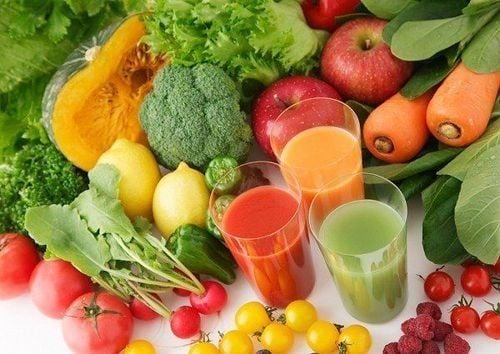
Adhering to the diet for people with fatty liver disease will help patients effectively control and improve the health condition of their liver.
4. What should people with fatty liver avoid?
To build a suitable menu for people with fatty liver disease, what should people with fatty liver avoid is also a matter of concern for many patients. The main goal in treating fatty liver is to reduce the amount of fat accumulated in the liver. Therefore, patients need to avoid the following foods:
• Limit fat and animal fat: When absorbed into the body, animal fat will be processed and excreted by the liver. However, if too much animal fat is consumed, the liver will have difficulty eliminating it, leading to fat accumulation and causing fatty liver. Therefore, animal fat is an answer that cannot be ignored when asked what should people with fatty liver avoid. People should replace animal fat with vegetable oils to reduce pressure on the liver.
• Avoid foods rich in cholesterol: Foods such as animal organs and egg yolks contain high levels of cholesterol. Therefore, these foods should be limited in the diet to reduce the amount of fat in the liver.
• Reduce red meat consumption: Eating a lot of red meat can increase the severity of fatty liver disease.
• Limit fruits with high fructose content: Fructose is a type of sugar that is metabolized by the liver, so limiting fruits with high fructose content will help reduce the burden on the liver, contributing to preventing fatty liver disease. In addition, fructose is also the cause of obesity, diabetes, and fatty liver, so fruits with high fructose content are on the list of foods to avoid with fatty liver.
• Avoid hot spices: Hot spices can reduce liver function, making it difficult for the liver to excrete fat, thereby aggravating the condition.
• Avoid alcohol and stimulants: People with fatty liver need to avoid alcoholic beverages such as beer and wine because they can promote the transition from fatty liver to cirrhosis and even liver cancer. The liver will have to bear a heavy burden if it has to eliminate fat along with toxins from alcohol.
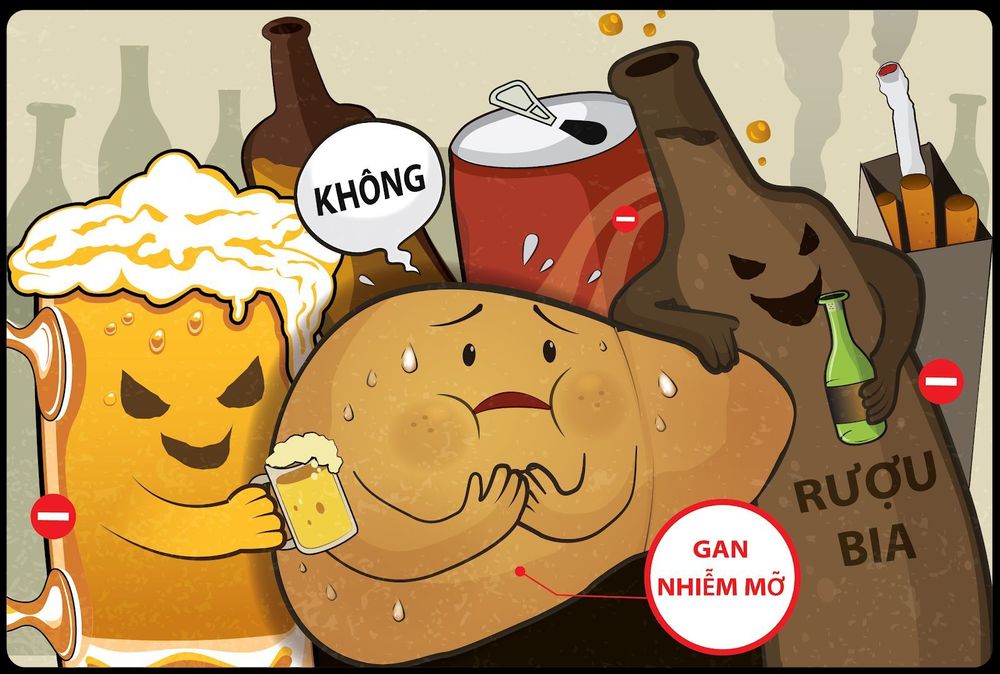
5. Other beneficial foods for people with fatty liver disease
Along with knowing what to avoid for fatty liver disease, some useful foods for people with fatty liver that should be included are:
• Corn: Corn is a beneficial cereal for those with fatty liver due to its high content of unsaturated fatty acids, which help promote fat metabolism. Corn can be used to make porridge for daily consumption.
• Celery: Celery not only helps cool the liver but also can lower blood cholesterol, promote detoxification, and cleanse the blood, supporting liver function improvement.
• Shiitake mushrooms: Shiitake mushrooms are rich in active compounds that help reduce cholesterol levels in the blood and liver, making them a good addition to the daily diet to support fatty liver treatment.
• Ripe tomatoes: Ripe tomatoes are not only rich in vitamins and minerals but also help prevent fatty liver and other liver-related diseases.
• Silkworm pupae: Silkworm pupae help lower cholesterol levels in the body and improve liver function. This product can be prepared in dishes or ground into powder for consumption.
When these foods are properly incorporated into the daily diet, along with limiting foods from the list of what to avoid for fatty liver disease, they will help support the treatment process and improve the health condition of individuals with fatty liver.
In addition to learning about the menu for people with fatty liver disease or what to avoid with fatty liver, to prevent fatty liver disease, liver cancer as well as other liver diseases, hepatobiliary screening at specialized hospitals is very necessary. Vinmec International General Hospital provides comprehensive hepatobiliary screening packages, helping to detect liver diseases early. These screening packages include:
• Assessment of liver function through liver enzyme tests.
• Assessment of bile function; vascular nutrition;
• Early screening for liver cancer.
• Perform tests such as Complete blood cell analysis, blood clotting ability, and screening for hepatitis B, and C.
• Evaluate hepatobiliary status through ultrasound imaging and diseases that have the risk of causing liver disease/making liver disease worse.
• In-depth analysis of parameters to assess hepatobiliary function through tests, paraclinical; risks affecting the liver, and early screening for hepatobiliary cancer.
These comprehensive screening packages help customers understand their liver health status, thereby taking timely preventive measures and treating liver-related diseases.
Hopefully, the information on the principles of creating a menu for people with fatty liver disease as well as what to avoid with fatty liver in this article will be useful to readers. To best support liver health, patients not only need to follow a scientific and reasonable diet but also need to increase physical activities to improve resistance and enhance the liver's metabolic function.
In addition, regular health check-ups are very important, especially liver enzyme tests and liver function assessments, to detect and address any issues that fatty liver disease may cause promptly.
To arrange an appointment, please call HOTLINE or make your reservation directly HERE. You may also download the MyVinmec app to schedule appointments faster and manage your reservations more conveniently.
To arrange an appointment, please call HOTLINE or make your reservation directly HERE. You may also download the MyVinmec app to schedule appointments faster and manage your reservations more conveniently.
